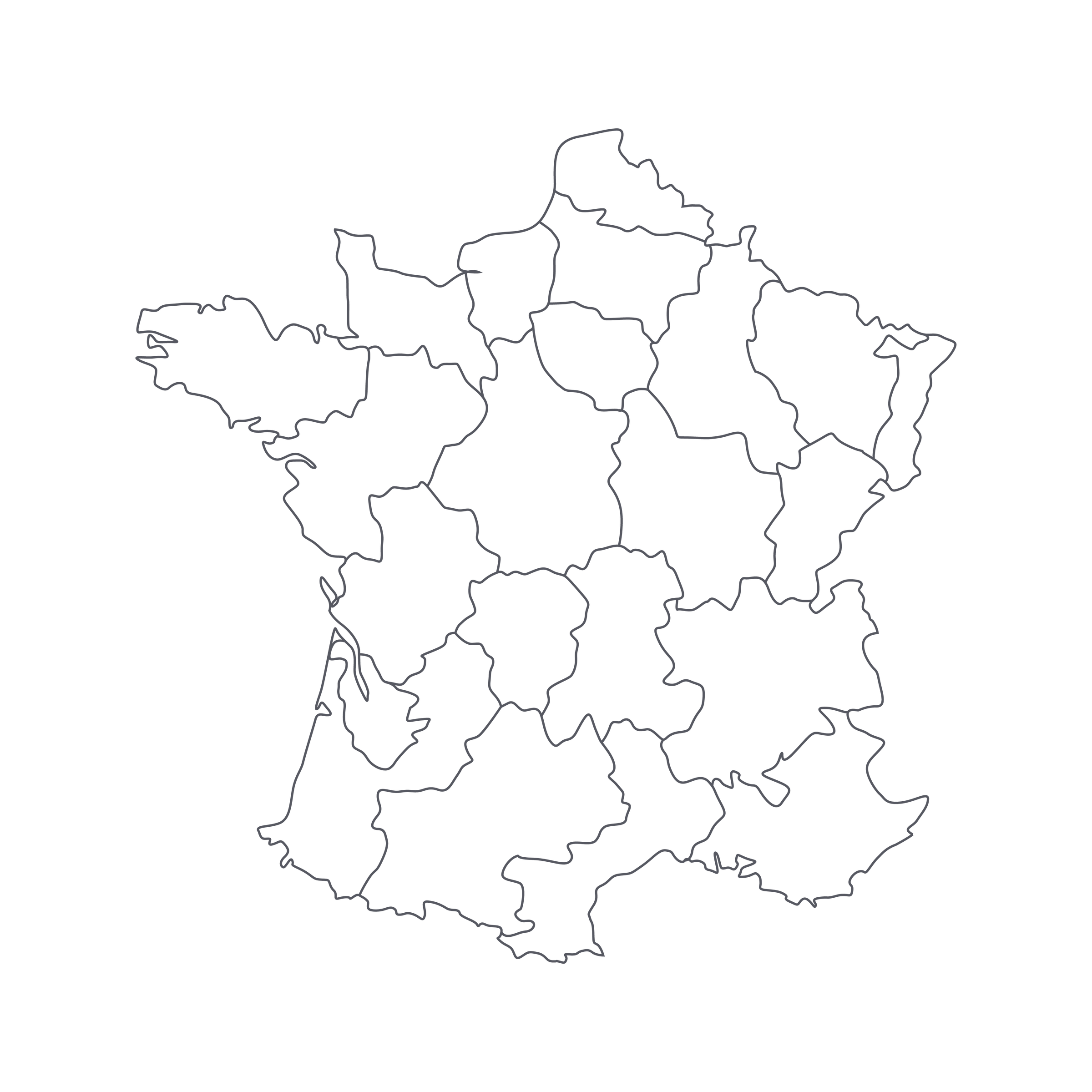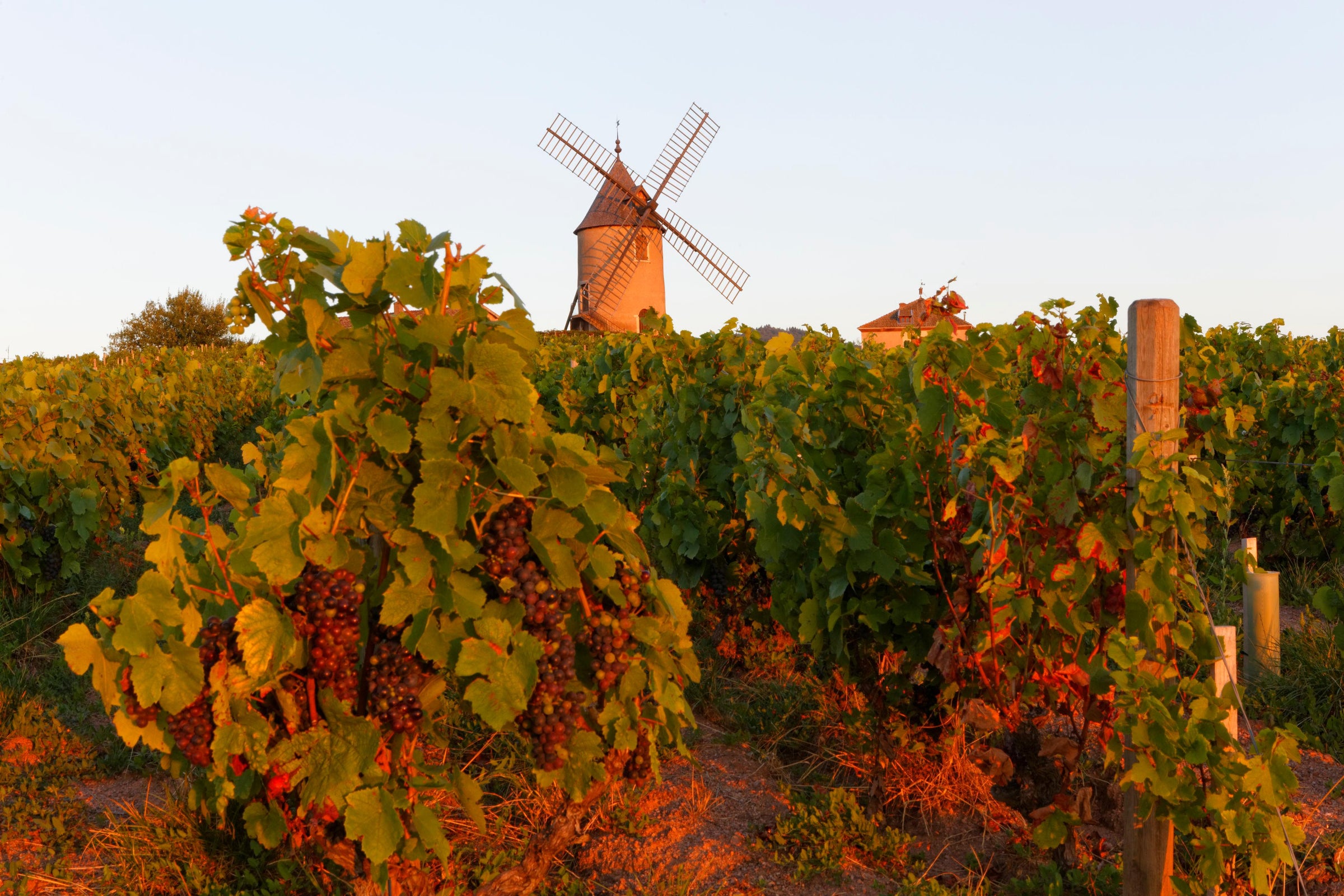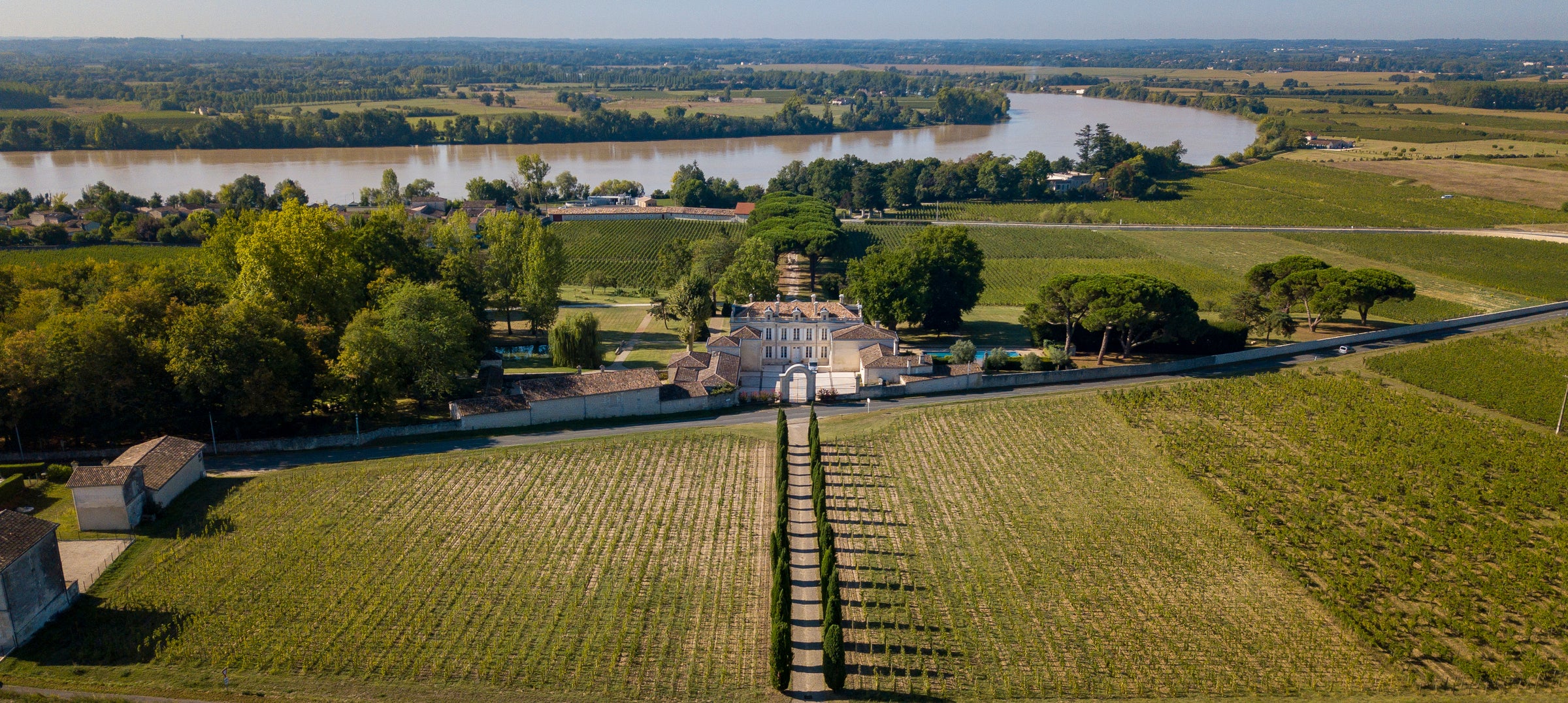Certain Grand Crus boldly stand above others in Burgundy, and that’s also the case with the Grand Cru village of Bouzy in Champagne. We love grower Champagnes from Bouzy because of the deep, vinous intensity of the wines, but some labels have an extra “it factor” besides. When it comes to depth, purity, and terroir expression, Pierre Paillard’s “Les Parcelles” continuously blows the competition out of the water.
Open today’s “Les Parcelles” when a serious impression must be made—from date night to a large gathering of connoisseurs—because it packs in everything one could possibly want in Bouzy Champagne. That, of course, isn’t by mistake: The Paillards are well-entrenched here, having farmed vines and crafted wine since the 1700s. Naturally, they own high-grade, organically farmed parcels and bottle elite, region-defining wines—but they somehow still do this at a bizarrely affordable price. Take today’s label, which has the specs, quality, and buzz to command well over $100. “Les Parcelles” is a blend of family-owned Bouzy parcels and vintages—dating as far back as 2004—that ages for many years in their centuries-old chalk cellar. Want the absolute peak of Grand Cru Bouzy at a rock-bottom price? If yes, act fast, because no one else can keep their hands off this special Champagne!
You know you’ve reached the next level of Champagne geekdom when you start shopping by village. SommSelect members are by now well-acquainted with the village of Bouzy, one of 17 Champagne communes whose vineyards are designated “Grand Cru.” Bouzy is at the southern end of the Montagne de Reims sub-region and enjoys a rare, full-south exposure—making it one of the few places in all of Champagne where Pinot Noir ripens fully enough to make a still, Burgundy-esque red wine out of it. Today’s wine from Pierre Paillard is quintessentially Bouzy, with a twist: it contains a healthy percentage (30%) of Bouzy-grown Chardonnay, which lends a bright, racy counterpoint to the Pinot’s richness.
For all of the focus on Pinot Noir in Bouzy (and the Montagne de Reims in general), the Paillards point to the diversity of geology and expositions in just their own little piece(s) of it. Some of their vineyards have been in the family since the mid-18th century, which is a winemaking history about as long as Bouzy’s itself; few if any producers can claim deeper roots in this terroir. Today, the eighth generation, Quentin and Antoine Paillard, run this ancient ship. Speaking with them in Champagne last year was a long time coming—it’s always an honor to shake hands with someone whose product you’ve admired for so long.
The grapes for Les Parcelles come from 22 individual plots with an average vine age of 30 years. Labeled as a ‘non-vintage’ wine, it is, like all non-vintage blends, based primarily on one vintage with a smaller percentage of ‘reserve’ wines added according to the house style. This bottling is based on 2013 (80%), with the powerful vintages of 2012 and 2004 rounding it out. Paillard’s updated look—in keeping with the trend to leak more information about vintages and disgorgement dates on labels—includes a subtle ‘XIII’ as your tip-off. The base wines fermented in both stainless steel and large, neutral oak vessels, and after bottling, spent four years on its lees. Another key element of style in “Les Parcelles” is that it’s an Extra Brut, so at a mere 2.7 grams per liter of dosage, the powerful terroir of Bouzy shines brightly, profoundly.
This ’13 base vintage of “Les Parcelles” showcases an astonishing push-pull between power and delicacy. The brawny richness of Pinot shines brightly here and then the dose of Chardonnay glides in with vivid mineral accents. It’s a creamy Champagne, broad and palate-coating, with dollops of Rainier cherry and yellow apples that exist alongside currant, brioche, pear, honeysuckle, and heaps of crushed chalk. There’s plenty of power and opulence to identify it as a Bouzy wine, but also an elegance, a tension, that sets it apart. Like so much great grower Champagne I’m more inclined to put this in a ‘regular’ white wine glass, allow some of the effervescence to dissipate, and let the temperature come up to about 55 degrees. Doing so allows the wine’s nutty and mineral elements to come to the fore, as does what the Paillards call its ‘vinosity.’ Enjoy it with a heavenly pairing that gives a nod to this dynastic Bouzy family’s surname: pan-roasted chicken paillard. Cheers!






